-

Di-tert-butyl cyclohexane-1,4-diyldicarbamate CAS:960071-19-6
Di-tert-butyl cyclohexane-1,4-diyldicarbamate is a chemical compound with potential applications in organic synthesis and materials science. This molecule consists of a cyclohexane-1,4-diyldicarbamate core decorated with tert-butyl groups, imparting sterically hindered properties that can influence its reactivity and stability. The compound’s structural features make it a versatile building block for creating complex organic molecules or functional materials. Its unique composition offers opportunities for exploring diverse chemical transformations and designing novel compounds with tailored properties.
-
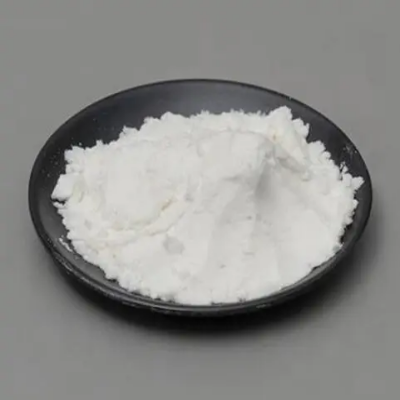
tert-butyl (1R,2S)-2-(3-bromophenyl)cyclopropylcarbamate CAS:1314323-97-1
tert-butyl (1R,2S)-2-(3-bromophenyl)cyclopropylcarbamate is a chiral compound with potential applications in medicinal chemistry and organic synthesis. This molecule comprises a cyclopropyl ring substituted with a 3-bromophenyl group and a carbamate functional group protected by a tert-butyl moiety in a defined stereochemical configuration. The compound’s chiral centers and aromatic substituent offer unique structural features that can influence its reactivity and biological activities. Its stereochemistry and functional groups make it a valuable precursor for designing bioactive molecules or exploring stereocontrolled chemical transformations.
-
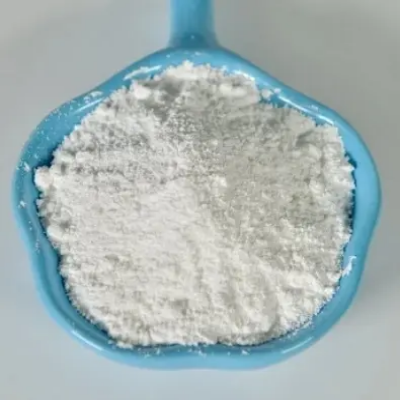
(S)-5-Phenylmorpholin-3-one CAS:1052209-96-7
(S)-5-Phenylmorpholin-3-one is a chiral compound with potential applications in medicinal chemistry and pharmaceutical research. This molecule comprises a morpholine ring substituted with a phenyl group, featuring a chiral center that imparts stereochemical properties important for biological activity. The compound’s structural arrangement offers opportunities for exploring its interaction with biological targets or enzymatic systems, making it valuable for drug discovery studies and chemical biology investigations.
-
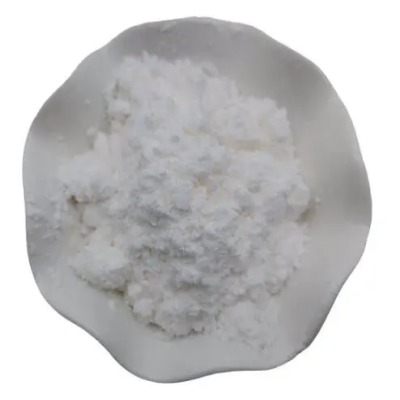
(R)-(1-Methylpyrrolidin-2-yl)methanamine CAS:66411-53-8
(R)-(1-Methylpyrrolidin-2-yl)methanamine is a chemical compound with versatile applications in pharmaceutical and research fields. This chiral amine derivative features a pyrrolidine ring substituted with a methyl group, possessing unique stereochemical properties that can influence its biological activity. The compound’s structural characteristics make it a valuable building block for synthesizing diverse molecules with potential pharmacological relevance. Its purity and specific stereoisomeric configuration are crucial for ensuring reliability and reproducibility in various scientific experiments and drug development processes.
-
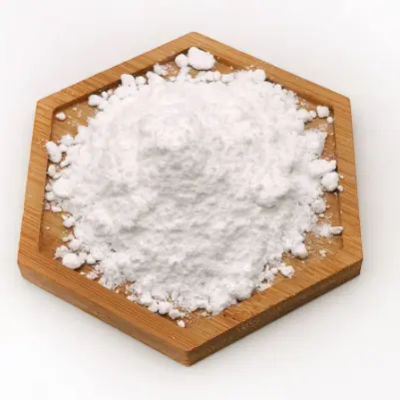
(3S,4R)-1-benzyl-4-hydroxy-5-oxopyrrolidine-3-carboxylic acid CAS:871086-00-9
( (3S,4R)-1-benzyl-4-hydroxy-5-oxopyrrolidine-3-carboxylic acid is a chiral compound with potential applications in medicinal chemistry and organic synthesis. This molecule features a pyrrolidine ring substituted with a benzyl group at the 1-position, a hydroxy group at the 4-position, and a carboxylic acid functionality at the 3-position, all in a stereochemically defined configuration. The compound’s chiral centers and functional groups offer unique structural properties that can influence its reactivity and biological activities. Its stereochemistry and functional groups make it a valuable scaffold for designing bioactive molecules or exploring stereocontrolled chemical reactions.
-

(S)-1-Isopropyl-2-methyl-piperazine dihydrochloride CAS:884199-34-2
( (S)-1-Isopropyl-2-methyl-piperazine dihydrochloride is a chiral compound with applications in pharmaceutical research and organic synthesis. This molecule consists of a piperazine ring substituted with an isopropyl group at the 1-position and a methyl group at the 2-position, with two hydrochloride counterions. The compound’s chiral nature and structural features make it suitable for various experimental and pharmaceutical applications. Its stereochemistry and functional groups offer unique properties that can influence its reactivity and biological activities, making it a valuable scaffold for designing bioactive molecules or exploring stereocontrolled chemical reactions.
-
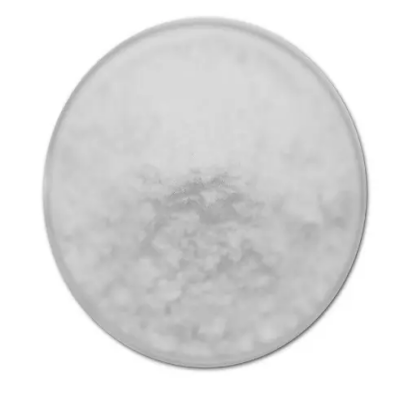
(R)-Amino-(tetrahydro-pyran-4-yl)-acetic acid methyl ester CAS:871301-35-8
(R)-Amino-(tetrahydro-pyran-4-yl)-acetic acid methyl ester is a chemical compound with potential applications in organic synthesis and pharmaceutical research. This molecule combines an amino group, a tetrahydro-pyran-4-yl moiety, and an acetic acid methyl ester functional group in a chiral configuration, offering unique structural features that can influence its reactivity and biological activities. The compound’s stereochemistry and functional groups make it a versatile building block for creating diverse organic molecules or studying stereochemical effects in chemical reactions.
-
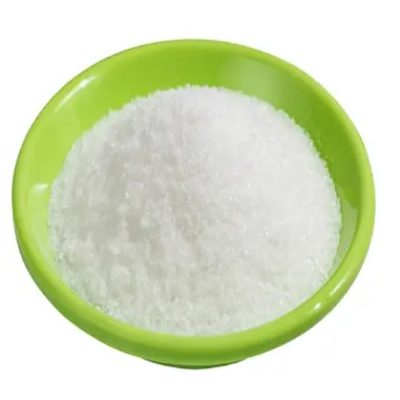
(1S,2S)-2-(3-bromophenyl)cyclopropanecarboxylic acid CAS:2165565-11-5
(1S,2S)-2-(3-bromophenyl)cyclopropanecarboxylic acid is a chiral compound with potential applications in medicinal chemistry and organic synthesis. This molecule features a cyclopropane ring substituted with a 3-bromophenyl group and a carboxylic acid functional group in a stereochemically defined configuration. The compound’s chiral centers and aromatic moiety offer unique structural characteristics that can impact its reactivity and biological properties. Its stereochemistry and functional groups make it a valuable building block for designing bioactive molecules or investigating stereoselective chemical reactions.
-
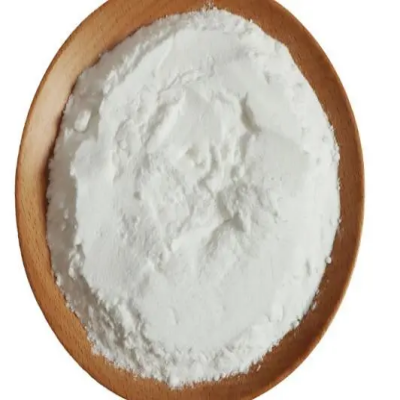
(1S,2R)-2-(3-bromophenyl)cyclopropanamine hydrochloride CAS:2718998-70-8
(1S,2R)-2-(3-bromophenyl)cyclopropanamine hydrochloride is a chemical compound with potential biological and pharmaceutical applications. This chiral cyclopropanamine derivative contains a 3-bromophenyl group attached to a bicyclic amine structure, making it an interesting molecule for medicinal chemistry research. Its stereochemistry can influence its interactions with biological targets, potentially leading to specific pharmacological effects. The hydrochloride salt form enhances its solubility in aqueous solutions, facilitating various laboratory and medical applications.
-
![(1R,2S)-[2-(4-Bromo-phenyl)-cyclopropyl]-carbamic acid tert-butyl ester CAS:907196-12-7](https://cdn.globalso.com/xindaobiotech/K@NIE7HBAEP6E7J7DS140.png)
(1R,2S)-[2-(4-Bromo-phenyl)-cyclopropyl]-carbamic acid tert-butyl ester CAS:907196-12-7
( (1R,2S)-[2-(4-Bromo-phenyl)-cyclopropyl]-carbamic acid tert-butyl ester is a chiral compound with potential applications in medicinal chemistry and organic synthesis. This molecule comprises a cyclopropyl ring substituted with a 4-bromophenyl group, a carbamic acid functional group, and a tert-butyl ester moiety in a defined stereochemical configuration. The unique structure of this compound provides opportunities to explore its reactivity in chemical transformations and investigate its potential biological activities. Its chiral centers and functional groups make it a valuable building block for designing novel molecules or studying stereoselective reactions.
-
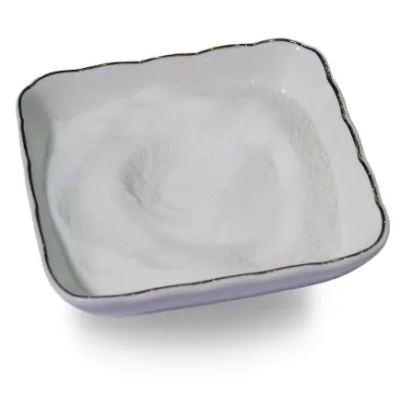
(1S,2S)-2-(2-isopropoxyethylamino)cyclopentanol hydrochloride CAS:1599293-28-3 199293-70-9
( (1S,2S)-2-(2-isopropoxyethylamino)cyclopentanol hydrochloride is a chiral compound with potential applications in pharmaceutical research and organic synthesis. This molecule comprises a cyclopentanol ring substituted with an isopropoxyethylamino group at the 2-position in a stereochemically defined configuration. The hydrochloride salt form enhances its solubility and stability, making it suitable for various experimental and pharmaceutical applications. The compound’s chiral centers and functional groups offer unique structural properties that can influence its reactivity and biological activities, making it a valuable scaffold for designing bioactive molecules or exploring stereocontrolled chemical reactions.
-
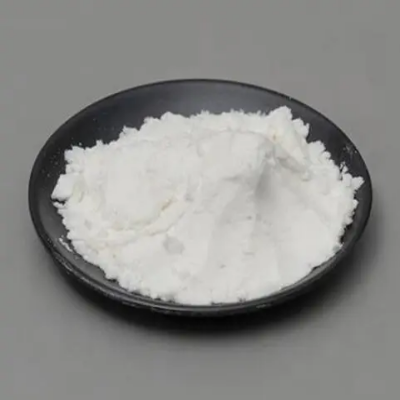
(S)-methyl 5-oxopyrrolidine-3-carboxylate CAS:428518-31-4
( (S)-methyl 5-oxopyrrolidine-3-carboxylate is a compound with significant applications in organic synthesis and pharmaceutical research. This molecule features a pyrrolidine ring substituted with a methyl ester group at the 3-position and a ketone functionality at the 5-position in an S-stereoisomeric configuration. The compound’s structure offers opportunities for diverse molecular modifications and synthetic pathways due to its functional groups, providing versatility for creating various derivatives or exploring chemical transformations.

